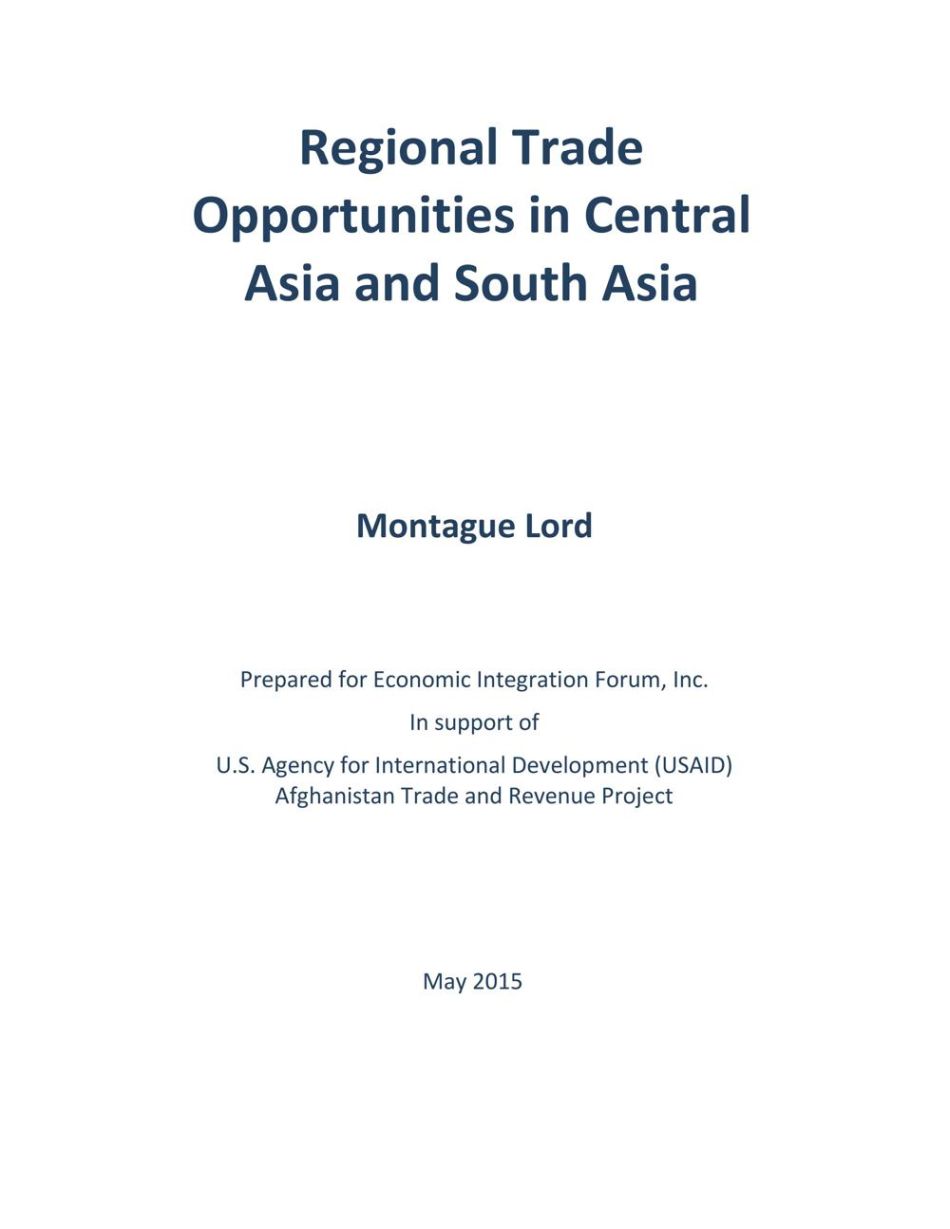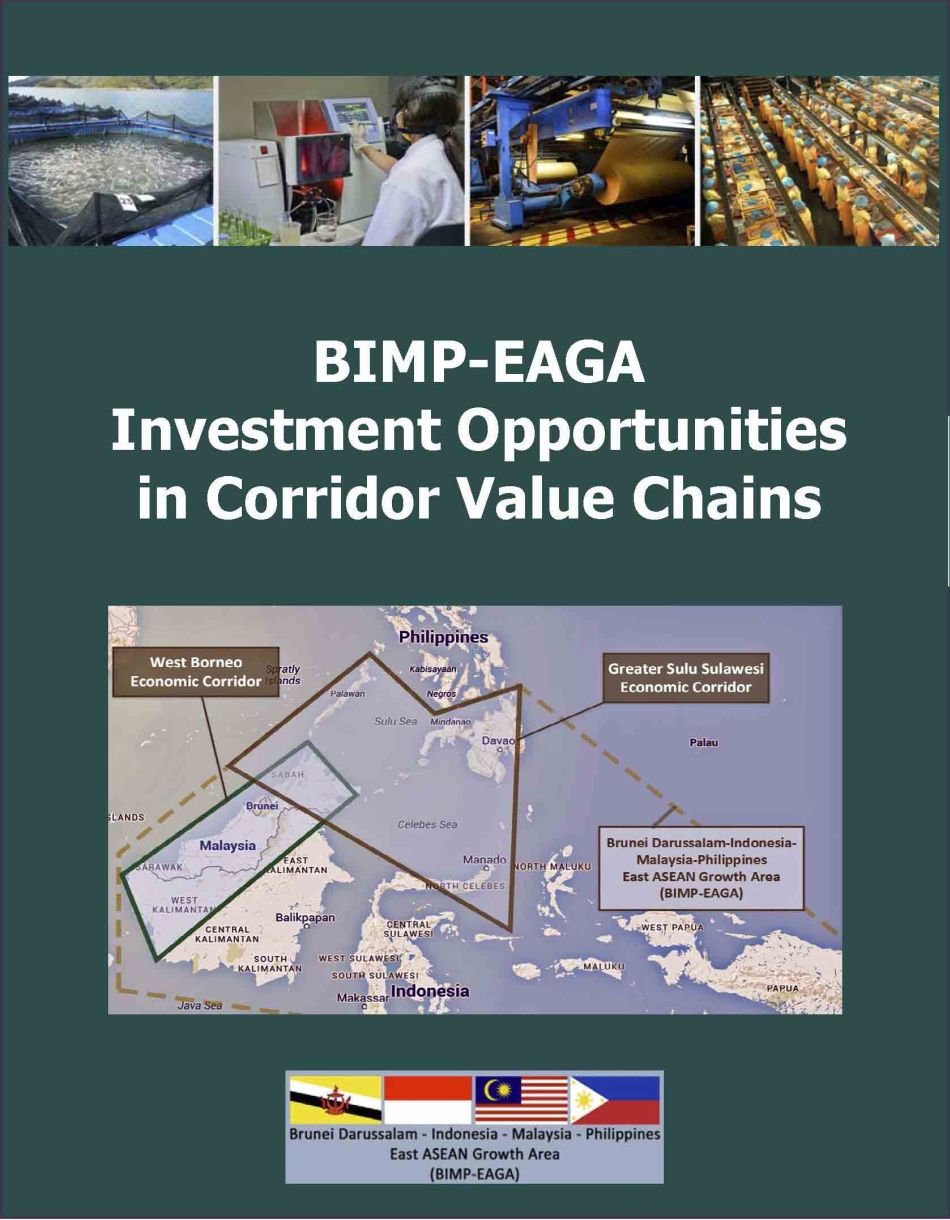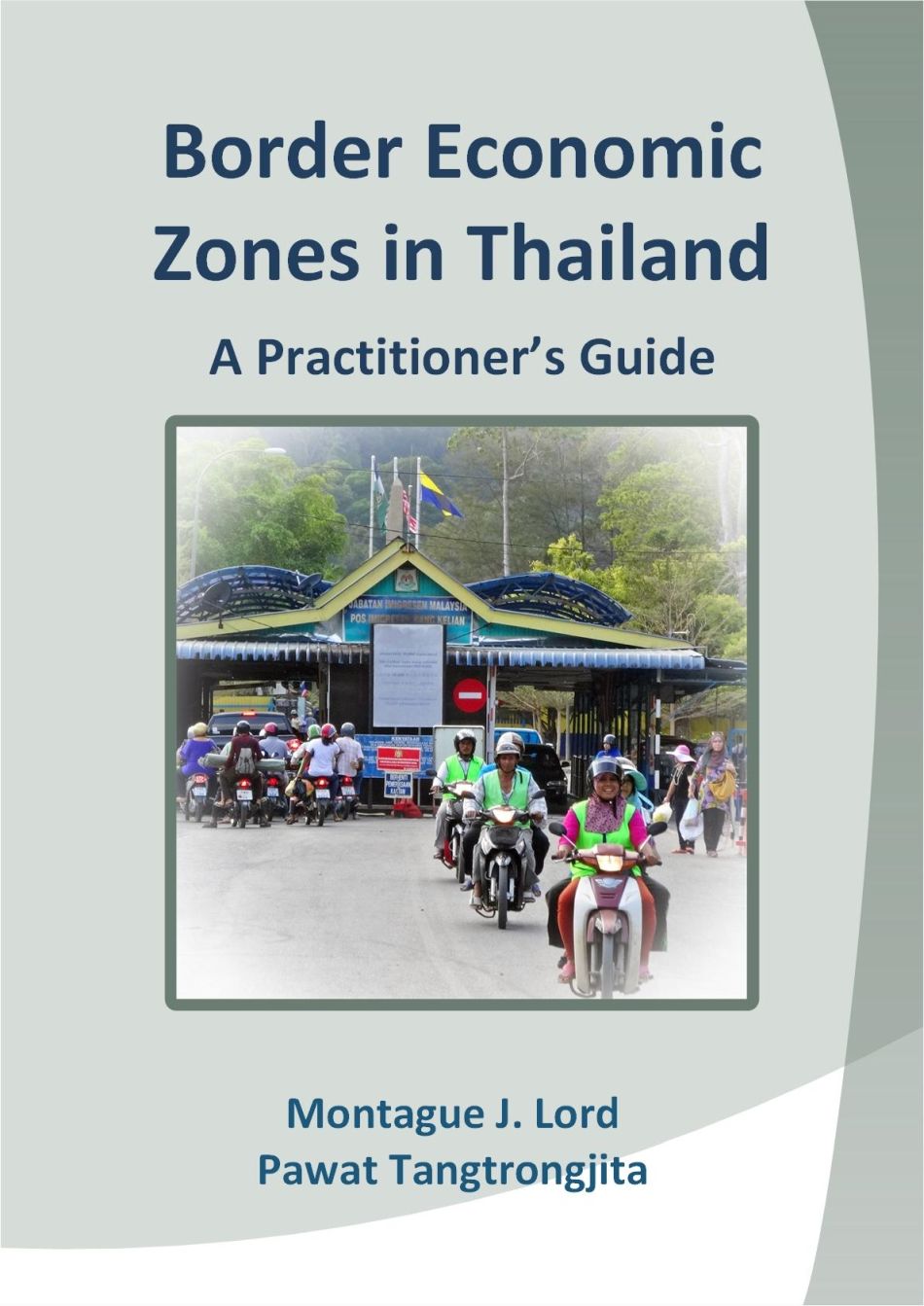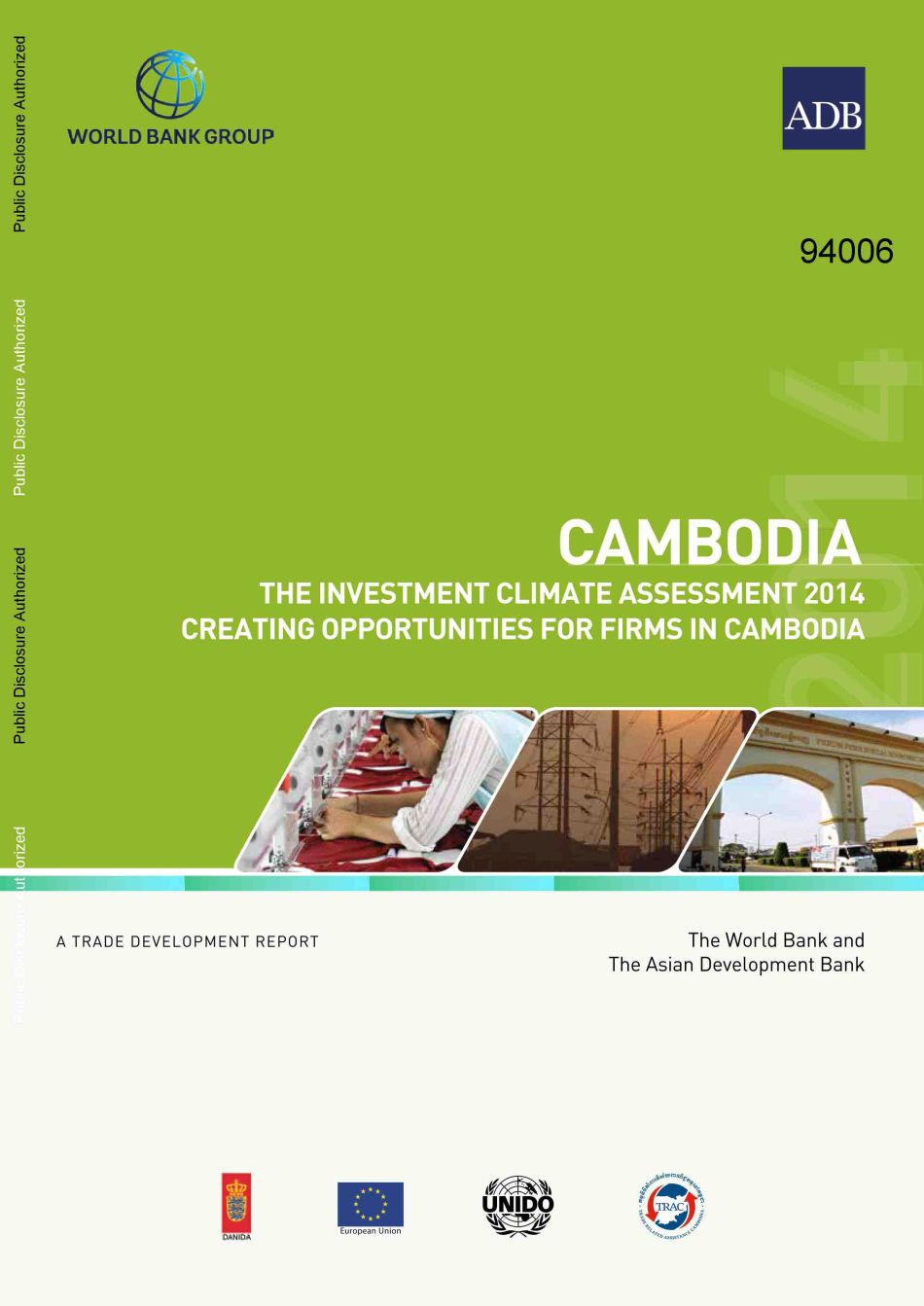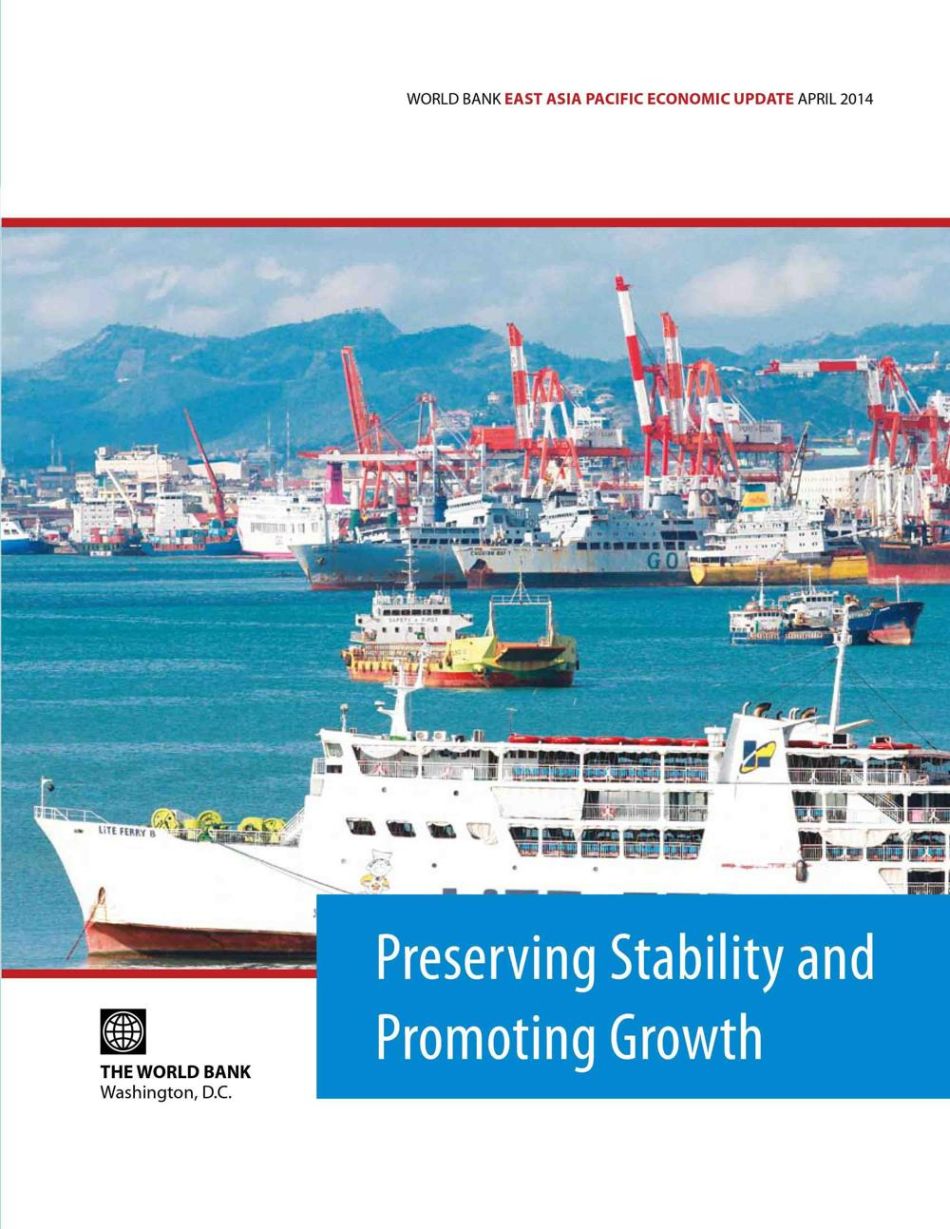Publication Categories
Project Reports - New!
The study addresses the trade capacity-building needs of the Forum Island Countries (FICs) and Timor Leste with a view to mobilising Aid-for-Trade (AfT) resources supporting their trade policy and regulations, trade development, trade-related infrastructure, productive capacity building, and trade-related adjustments. The AfT project proposals are fully integrated into each country’s trade development strategy and are intended to help the vulnerable sectors that previously benefited from protection but are increasingly subject to financial stress as countries in the region liberalise their trade regime. Understanding these transmission channels and preparing the current set of AfT project proposals within each country’s trade development strategy has been central to the project design process. To that end, Chapter II of this report proposes a Pacific AfT Strategy based on the Pacific Plan Vision, as well as the national and regional implementation activity and costing matrix defining the current funding gap; Chapter III then sets out the national strategic goals and, to the extent possible, maps out the AfT project proposals within those strategic objectives for each of the FICs and Timor Leste; Chapter IV presents a set of regional AfT project proposals, as well as a consolidation of national level projects having a common theme; Chapter V covers implementation arrangements in terms of the identified needs and development partner strategies and commitments, and a proposed Trade Development Facility (TDF); and Chapter VI addresses the assumptions, risks and sustainability of the projects.
This study provides an analysis on a range of common external tariff (CET) options that could be adopted by ASEAN. It quantitatively assess their implications for each ASEAN member state and the region as a whole. The results of the study are intended to assist the ASEAN Secretariat and the ASEAN member states in considering options under deliberations by the CCCA, which was presented to the Senior Economic Officials Meeting (SEOM) for its deliberation on the application of a CET as a long term objective of economic integration in ASEAN.
The present essay begins by examining the underlying characteristics of the globalization phenomenon, and in particular those that apply to the developing member countries of the Asian Development Bank. It then examines both the traditional market-oriented issues emerging from the Uruguay Round agreements and the nontraditional trade-related issues of investment, competition and antitrust, labor standards, environmental protection and regional arrangements that were not included in the original GATT disciplines but that now represent major barriers to the globalization process. These regulatory issues and other factors underlying the potential impact of the globalization process on the transformation of the Asian economies have important implications for Bank operations, and they are highlighted at the end of the essay.
The study provides information about the prospective impact of trade and investment liberalization, especially for those economic sectors likely to be characterized as non-competitive in the post-WTO accession period. It also seeks to provide some guidelines on policy and institutional adjustment options and mechanisms that could help cushion the transition process for entrepreneurs and workers whose predominant source of income is related to those sectors. The first part of the report examines the structure and growth trends of non-oil economy, especially in terms of vulnerable non-competitive segments of the economy. The next part evaluates the overall effects of Azerbaijan’s trade liberalization as it related to the impact of the trade and investment integration processes on future sectoral GDP and employment growth performances. The penultimate part assesses the likely impact of liberalization on poverty levels and income distribution associated with income growth. Finally the study provides a set of policy and institutional adjustment options and mechanisms to cushion the transition process, as well as an action plan and transition strategy to maximize impact of the trade and investment integration.
The report summarizes the structure and operation of a balance of payments model for the State Bank to improve its institutional capabilities in applied macroeconomic policy modeling. The model provides simulation capabilities under a fixed exchange rate system that is targeted to the needs of the monetary and fiscal sectors of Viet Nam. The resulting model allows for considerable flexibility in its usage for forecasting, and in the selection of the policy mix and instruments for the targets of a program. In its present form, it provides a framework for making rational and consistent predictions about Viet Nam's overall balance of payments, and it provides a mechanism to identify the equilibrium exchange rate for the current and capital accounts. Asian Development Bank (ADB) Technical Assistance Study (30 pages). June 1998.
The overall objective of this Country Assistance Program Evaluation (CAPE) study is to assess the performance of the country operational strategy (COS) and country assistance programs (CAPs) of the Asian Development Bank (ADB) for Bhutan during 1983–2003, and to derive lessons learned and recommendations for more effective future operations by the ADB and improved coordination among donors. The study assesses the performance of country assistance programs, as well as individual projects and technical assistances (TAs) after completion. It uses six evaluation criteria. The first three are used to assess project outcomes in the CAPs and refer to (i) relevance, (ii) efficacy and (iii) efficiency. The other three assess project impact in terms of (i) socio-economic impact, (ii) institutional development impact, and (iii) sustainability. From these results, the study derives the key strengths and opportunities, as well as lessons learned from the ADB’s operations in the last 20 years, with a view to drawing implications for the future strategy and programs, including the CSP scheduled for 2005.
BIMP-EAGA Investment Climate Assessment
The study examines potential investment opportunities for cross-border value chains in the economic corridors of the Brunei Darussalam-Indonesia-Malaysia-Philippines East ASEAN Growth Area (BIMP-EAGA). Both BIMP-EAGA corridors are at early stages of development, and the Greater Sulu Sulawesi Economic Corridor more so than the West Borneo Economic Corridor. Their successful transformation into full-fledged economic corridors depends on trade and investment facilitation policies and programs, and the establishment of appropriate connectivity, with the necessary hard and soft infrastructure. To that end, policymakers are focusing on connectivity and helping to facilitate the efficient movement of goods and people along the corridors in order to attract investment that supports and builds networks of high value and technologically sophisticated industries across borders.
There are 12 priority industries identified by provincial or state governments along the two corridors having a large potential for success as corridor-wide value chains, specifically from increased competitiveness, complementarities, cost efficiencies, employment generation, and increased access to inputs and markets. They included industries producing physical goods as well as those that provide services: agro-processing; aquaculture and fishery products; palm oil; pharmaceuticals; crude oil and gas extraction and petrochemicals; coal, aluminum and steel; agricultural products; livestock products; timber-based products; tourism; information and communication technology (ICT); and education.
Book published by Chulalongkorn University Press. This monograph deals specifically with the emergence and characteristics of special border zones in Thailand and how they are able to deal with the range of situations that exist along the country’s borders. It brings together practical tools and experiences surrounding Thailand’s border area development. Its emphasis is on new directions being adopted to drive economic growth and social development in those regions that could otherwise lag behind the rapid growth of agglomerations near major international gateways. It provides the basic tools and methodologies required to adequately evaluate and plan the location, coverage, incentives and financing for border development areas. In so doing, it emphasizes practical issues needed to implement special border development zones in ways that ensure that the choice of projects, programs and institutions designated for the border areas are based on international best practices.
Coverage: Part I, on the characterization of border economic zones (BEZs), lays out their foundation, definition and coverage, and it explains how they compare with conventional special economic zones (SEZs) that are more geographically focused and limited in their design objectives. Part II, on the strategic framework, describes the objectives of special border zones based on new strategic directions being established by the Royal Thai Government to address existing and emerging challenges to border development. Part III, on implementation, provides a detailed, step-by-step guide to site identification and appraisal, implementation, progress monitoring, and impact evaluation.In the BIMP-EAGA context, the traditional growth area model for generating trade and investment has relevance in terms of differences in skill and unskilled labor endowments and production technologies. However, it has less relevance in terms of natural resource endowments than in other areas of regional cooperation since the sub-regions share similar natural resources and therefore tend to produce similar types of goods. The report presents a trade and investment model for the EAGA that not only determines the growth potential of intra-regional trade and investment resulting from differences in factor endowments, but also builds on the growing world-wide trend towards the globalization of production to reduce production costs by exploiting economies of scale and expanding extra-regional trade. The focus of such a regional bloc provides an opportunity to obtain economies of scale in production by export-oriented industries. Asian Development Bank (ADB). (126 pages).
The study explores opportunities and challenges for intra- and inter-regional trade in the Central and South Asia areas by analyzing a wide range of channels impacting trade. Trade enhancing channels are divided into two broad categories. The first set refers to disaggregated or product-level characterizations of trade affecting competitiveness and complementarities between trading partners within and between the regions. The second refers to price, non-price and structural determinants that tend to affect all products traded between countries. The analysis also includes a gravity model to gauge the effect of economic growth, distance and price, non-price and structural determinants of regional trade.
The empirical results indicate that, under existing trade patterns, the potential value of trade in the two regions is nearly twice as large as the actual level. There are numerous policy initiatives that could be taken to help spur trade and investment in and between the two regions. Among the possibilities are regional value chains that could create large gains in terms of higher value additions to exports, technologies transfers and employment generation. The analysis of different types of value chains categorizes industries according to their value added contribution to trade, and it prioritizes industries according to interests ranging from the diversification of industries across resource-intensive, labor-intensive, and technology-intensive industries, as well as the potential participation of Afghanistan due to its comparative advantages in products exported by the industries or its geographic location for transit trade.
The study examines trade costs and global value chains as a special chapter for East Asia and Pacific Update of World Bank. It covers border and behind-the-border trade costs, value chains, and new database measures of international trade. It finds that the region’s developing economies suffer from trade costs well above those of the newly industrialized countries and of developed economies, owing to the large number of inefficient border and behind-the-border procedures. Countries have been adding to their stock of non-tariff measures, which now account for as much as 90 percent of (non-transportation) trade costs.
It also finds that the World Trade Organization’s new Agreement on Trade Facilitation has the potential to significantly reduce East Asia’s trade costs along the entire supply chain, increasing regional gross domestic product (GDP) by 2.7 percent and employment by 1.2 percent. The ATF reform agenda can therefore have far-reaching effects on private sector development, especially for small businesses that need greater transparency and simplification of procedures to enable them to readily access regional and global value chains.Provides analysis for a practical action plan to implement a new round of tariff reform that is revenue neutral, minimizes transitory unemployment, and moves the economy towards better global competitiveness and rapid economic growth. The study covers sequencing and implementation issues and provides estimates of both macro and significant microeconomic impacts. The major components of the study are (a) a general dynamic macroeconomic model of the impact of tariff reform that forecasts the likely impact on overall economic activity, fiscal revenues, inflation, unemployment, balance of payment and the exchange rate; (b) a partial-equilibrium analysis at the product-specific level; (c) sector and industry specific analyses; and (d) economy-wide analysis using a computable general equilibrium (CGE) model. USAID/Egypt. October 2000
Assesses the U.S.–Jordan FTA and assess its impact on trade in goods and services of the Hashemite Kingdom of Jordan (Jordan), with a view to examining the following specific areas: (a) The comparative advantage of Jordan in exports of goods and services to the U.S. market, relative to other countries in the Middle East region; (b) the effect of FTA-related tariffs, rules of origin, and other market access conditions on Jordanian exporting companies; (c) the impact of the FTA on the bilateral trade in services between Jordan and the United States. United States Agency for International Development (USAID). February 2001.
This study supports Jordan’s membership application to the WTO by examining the negotiating issues and economic impact on trade in goods, trade in services, intellectual property rights, and trade-related investment measures. Detailed estimates are given for the impact of tariff reductions in Jordan’s imports and those of its major trading partners, and the associated effects on Jordan’s exports. The estimates suggest that the largest expansion in traded goods resulting from Jordan’s WTO membership are likely to occur in automobiles and accessories, gold, paper and paper products, and non-electrical machine parts. In services, the study examines Jordan’s interests in tourism, construction and related engineering services, and financial services. (In two volumes). USAID/Jordan (378 pages). December 1994.
The study supports efforts by the Government of Kazakhstan, and the Ministry of Economy in particular, to examine alternative liberalization strategies during the WTO negotiations. It reports on the results of an empirical and interactive model that measures the effects of alternative tariff reduction schemes on the economy. Product-specific estimates are provided for the direct effects of Kazakhstan’s trade liberalization in terms of trade creation, trade diversion, balance of payments, Government revenue and consumer welfare. The calculations of these effects are based on import demand relationships estimated for individual products at the detailed tariff line. These estimates take into account changes in the levels of import demand arising from market access concessions, and time-related adjustments arising from the lagged response of imports to economic activity and price changes. USAID Regional Mission for Central Asia (75 pages). December 1996.
Provides the following analysis: (a) identifies the top goods and services purchased by the GOJ in 1999 and 2000, from which a sample has been drawn for the analysis; (b) determines the origin of the goods and services on the basis of domestic versus foreign providers; (c) based on input/output tables, derives the costs of domestic production that include the associated levels of protection and compare those costs with the free trade costs, or border price of inputs; (d) estimates the effective rates of protection for the selected goods and services; (e) estimates the impact of liberalization on the demand for the selected goods and services; and from the empirical results, draws conclusions on the effects of the GPA on specific industries. United States Agency for International Development (USAID). October 2001.
The report analyzes the international competitiveness of furniture industry based on calculations of effective rates of protection and trade indicators. Furniture manufacturing remains one of the most highly protected industries in Egypt. Although the nominal rate of protection (NRP) for that industry was lowered from 50 percent in 1997 to 40 percent, its rate remains the fourth highest of all manufacturing categories. The effective rate of protection (ERP) for the wood furniture industry is also very high. Moreover, the ERP for the private sector, which dominates the industry, is more than twice as high as that of the public sector. The effect of high import tariffs on furniture products has been to lower overall imports considerably below what they would otherwise have been with growing consumer demand in Egypt. The recommended policy initiatives are designed to strengthen exports of the furniture industry by improving the trade environment, lowering costs and improving efficiency. To be effective, these initiatives need to be viewed as an integral part of the country’s overall economic policies and structural reforms. USAID/Egypt (68 pages). October 1999
The present study supports the Government of Egypt’s efforts to develop an action plan to address remaining constraints on trade, including the problems associated with quality controls on imports and exports. The study analyzes recent changes in the regulations governing trade, reviews sequencing and timetables normally associated with trade policy reforms, and sets out an action plan to address the remaining constraints on trade and the problems associated with quality controls on imports and exports. The report also presents the initial findings and recommendations for an action plan to address the current constraints on trade. It seeks to elicit comments and recommendations on the areas addressed by the study, which will contribute to the final recommendations


